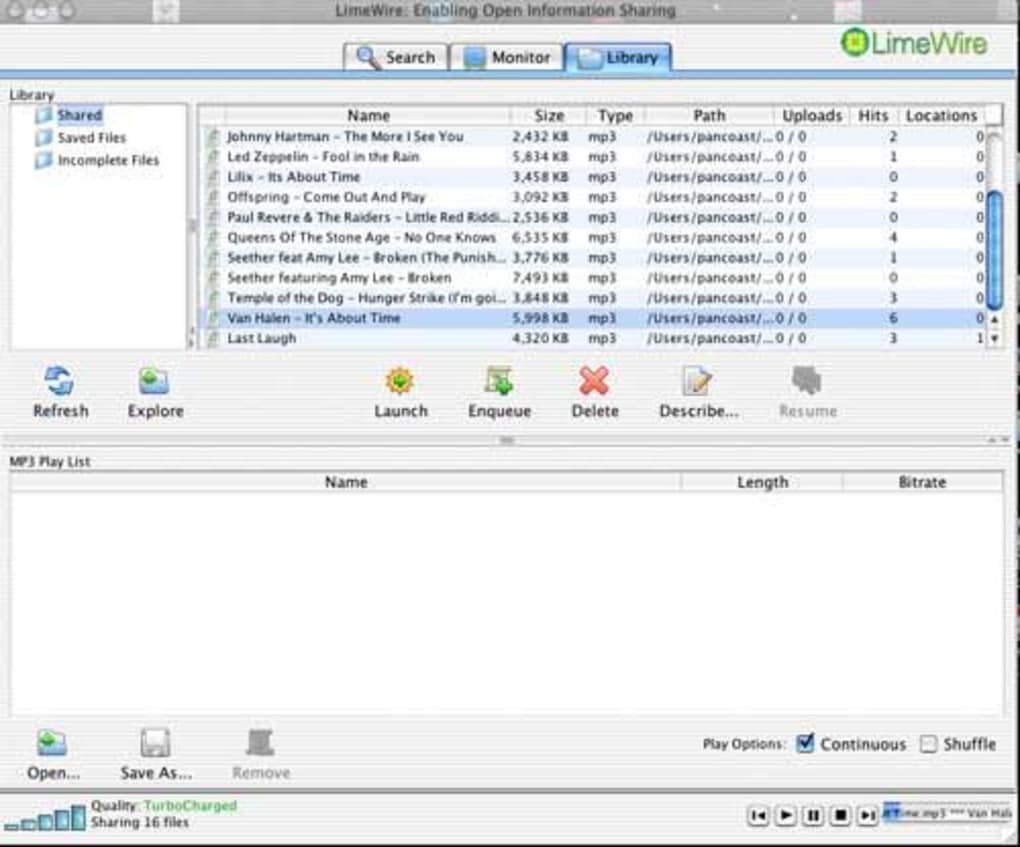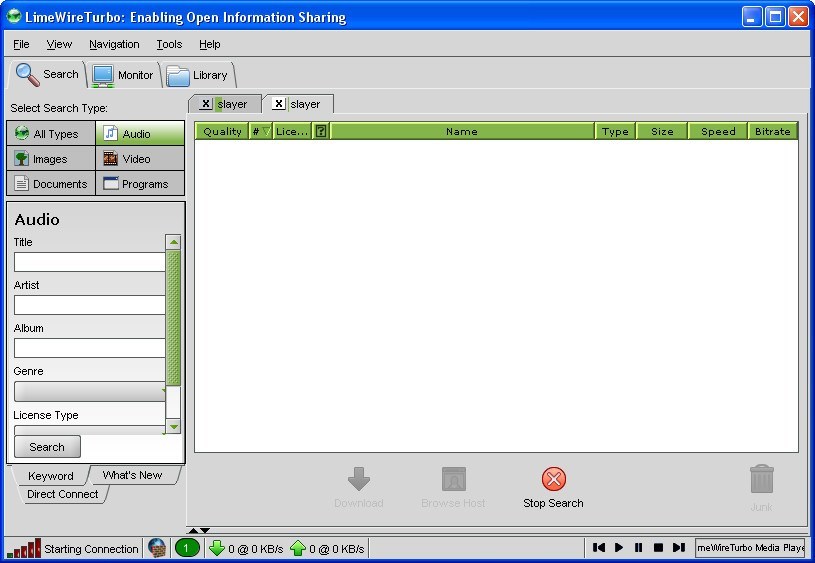

If there are no one sharing files then there is no point in the software existing.

The success of any file sharing application is the number of users/sharers. With the like of BitTorrent, Ares and eMule around, there's plenty of choice. Users are able to transfer one or more files from one computer to another across the Internet through various file transfer systems and other file-sharing networks.With the loss of Limewire, many of you have been asking us for alternatives to the once popular file sharing application. These included increasing Internet bandwidth, the widespread digitization of physical media, and the increasing capabilities of residential personal computers. Several factors contributed to the widespread adoption and facilitation of peer-to-peer file sharing. the mmorpg Skyforge ) use it as their content distribution network for downloading large amounts of data without incurring the dramatic costs for bandwidth inherent when providing just a single source. Microsoft uses it for Update distribution (Windows 10) and online playing games (e.g.

Peer-to-peer file sharing technology has evolved through several design stages from the early networks like Gnutella, which popularized the technology in several iterations that used various front ends such as Kazaa, Limewire and WinMX before Edonkey then on to later models like the BitTorrent protocol. After much discussion on forums and in chat-rooms, it was decided that Napster had been vulnerable due to its reliance on centralised servers and their physical location and thus competing groups raced to build a decentralised peer-to-peer system. Napster had been incredibly popular at its peak, spawning a grass-roots movement following from the mixtape scene of the 80's and left a significant gap in music availability with its followers. Record companies and artists called for its shutdown and FBI raids followed. The early days of file-sharing were done predominantly by client-server transfers from web pages, FTP and IRC before Napster popularised a windows application that allowed users to both upload and download with a freemium style service.

Data distribution using P2P networking technology.


 0 kommentar(er)
0 kommentar(er)
